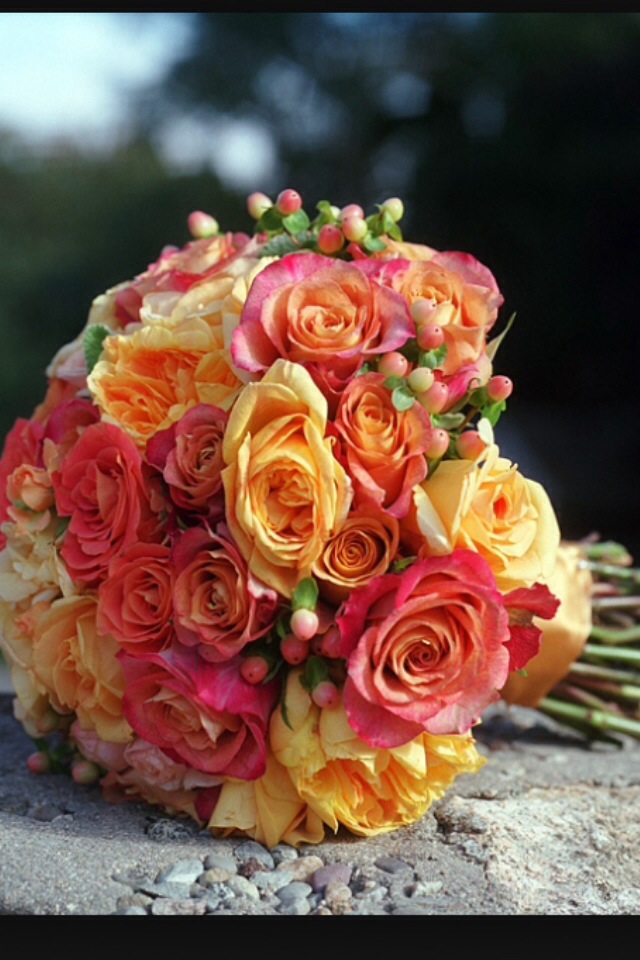Love Is In The Air/The Language of Flowers
In the United States, several dictionaries were published listing flowers and their meanings, and popular magazines such as The Saturday Evening Post gave attention to “floriography” or, the language of flowers.
For a time it was very much in vogue to send “tussie-mussies,” small nosegays often wrapped in doilies and tied with satin ribbon. The recipient must have fretted over ever blossom and it’s color, trying to tease out the exact meaning of the gift, but unravelling the riddle of the bouquet was never easy. Flower dictionaries weren’t uniform, and the meaning of a single flower might vary from dictionary to dictionary.
A rose might not be just a rose after all. A red rose stood for love or courage or respect; white roses for innocence or even secrecy. Pink could mean “thank you” or “please believe me.”
Yellow roses were about joy, friendship or perhaps a welcome home. A bouquet of 13 roses could signal a secret admirer. But a single rose always stood for devotion, and two roses, their stems entwined, meant “Marry me.”
Of course, romance and weddings go hand in glove. Today, wedding flowers are chosen more for their color and fragrance than for their symbolism, but when Queen Victoria and Prince Albert married in 1840, much was made of her white wedding dress and the coronet of orange blossoms that she wore.
Orange blossoms had been used in weddings long before Victoria took her vows, but after that wedding, white dresses and those fragrant blossoms became wildly popular. If orange blossoms were not in season, a Victorian bride would have a wax crown of the flowers made.
Even as the world changes around us, there is still a need to mark the most profound moments in our lives with beauty and in ways beyond the reach of human language. In a day of instant communication and information overload, we are reminded not to simply smell the flowers but to listen when they speak- for they use the language of the heart.


